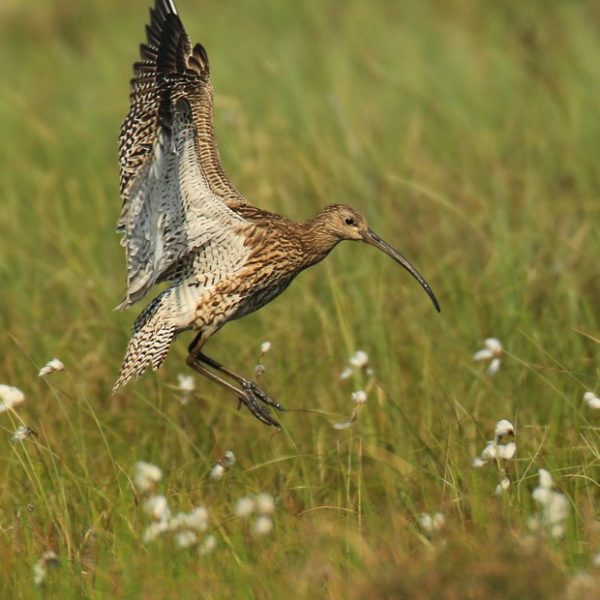Key Facts
- Length: 50-60cm
- Wingspan: 90cm
- Weight: 770-1,000g
- Average Lifespan: 5 years
Curlew are very large, tall waders, about the same size as a female pheasant. The haunting sound of the curlew’s display call (‘Cur-lee’) is unmistakeable and can be heard from February through to July on its breeding grounds: wet grasslands, farmland, heath and moorlands. From July onwards coastal numbers start to build up and peak in January.
How to Identify
Curlew are mottled brown and grey with long, bluish legs and a long, down-curved bill that is pink underneath. It can be distinguished from the smaller whimbrel by the longer bill and plain head pattern. When they fly, curlew have a white wedge on the rump.
Where to find
A breeding bird of wet grasslands and moorlands in northern England, Wales and Scotland. Common on migration at wetlands throughout the country. Winters around the coast.
How People Can Help
Between 1994 and 2006, there was a 37% reduction in the number of breeding curlew in the UK, with declines even higher in certain regions. This significant decline is mirrored by many of our wading birds which have suffered immensely from changing agricultural practices, land drainage and development. The Wildlife Trusts are working with farmers and landowners to promote wildlife-friendly practices. We are working towards a ‘Living Landscape’: a network of habitats and wildlife corridors across town and country which are good for both wildlife and people. You can support this greener vision for the future by joining your local Wildlife Trust.
Did you know?
An old Scottish name for the curlew is ‘whaup’ or ‘great whaup’. Its evocative call has been immortalised in a poem, The Seafarer, dating back to 1,000 AD although it may be even older: “I take my gladness in the… sound of the curlew instead of the laughter of men”.
Curlew and chicks short film
Similar Species
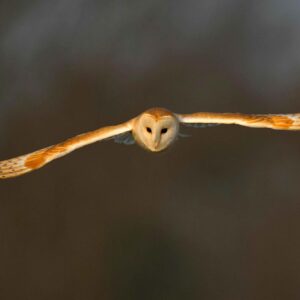
Barn Owl
- Birds
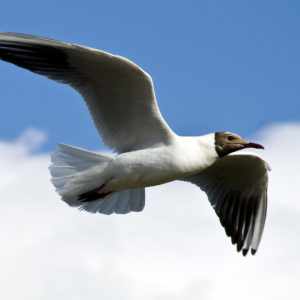
Black-Headed Gull
- Birds
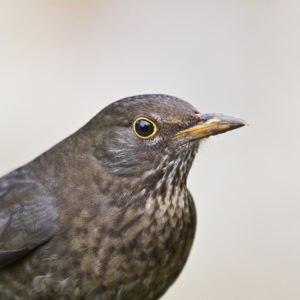
Blackbird
- Birds
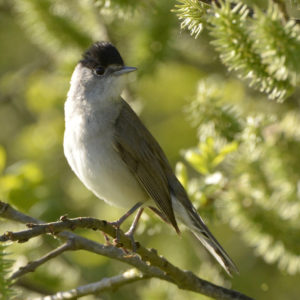
Blackcap
- Birds
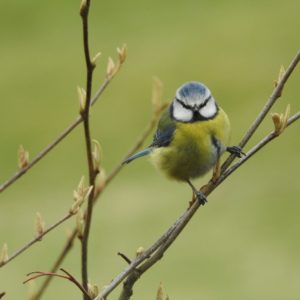
Blue Tit
- Birds
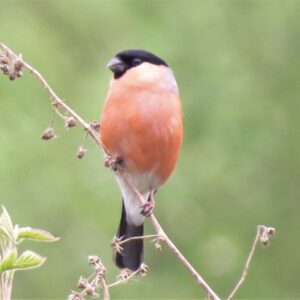
Bullfinch
- Birds
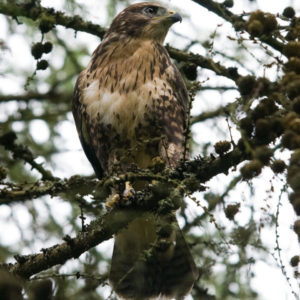
Buzzard
- Birds
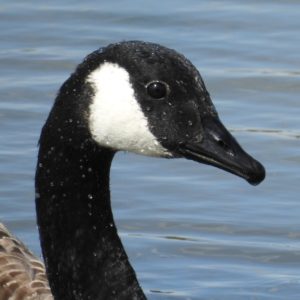
Canada Goose
- Birds
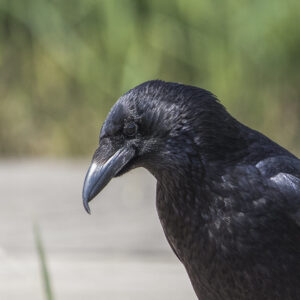
Carrion Crow
- Birds
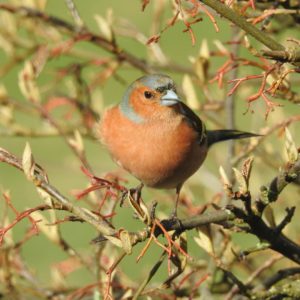
Chaffinch
- Birds
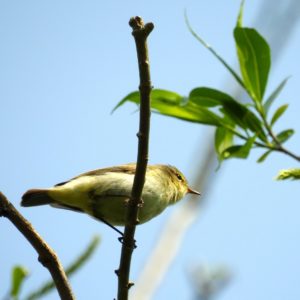
Chiffchaff
- Birds
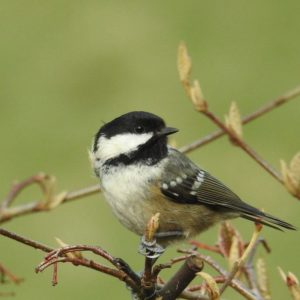
Coal Tit
- Birds
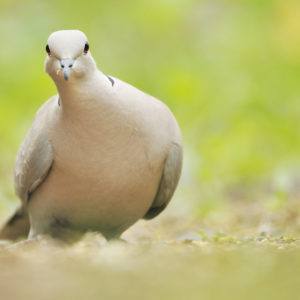
Collared Dove
- Birds
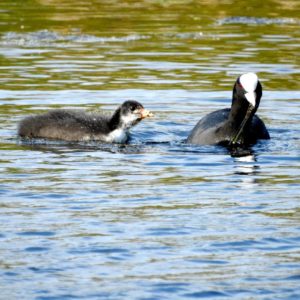
Coot
- Birds
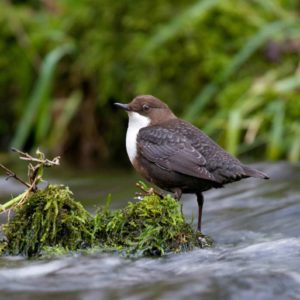
Dipper
- Birds
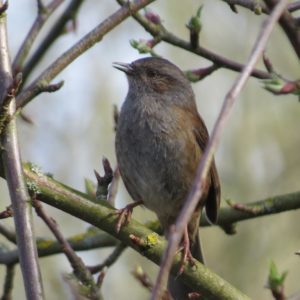
Dunnock
- Birds
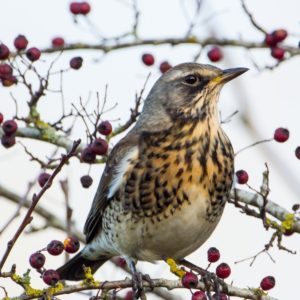
Fieldfare
- Birds
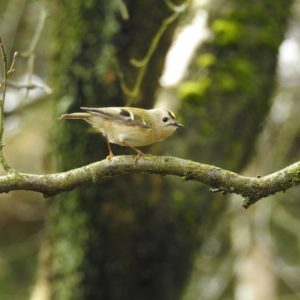
Goldcrest
- Birds
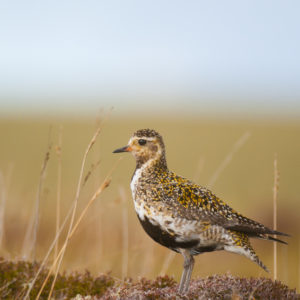
Golden Plover
- Birds
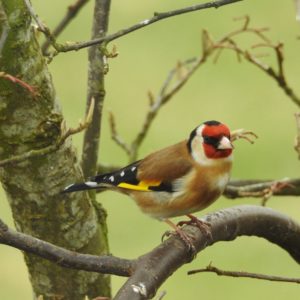
Goldfinch
- Birds
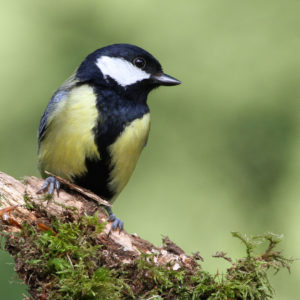
Great Tit
- Birds
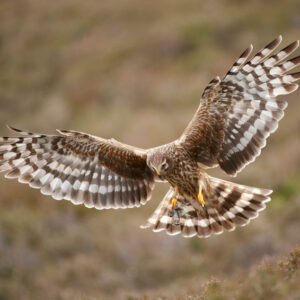
Hen Harrier
- Birds
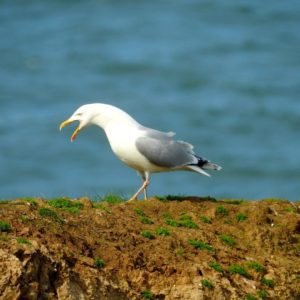
Herring Gull
- Birds
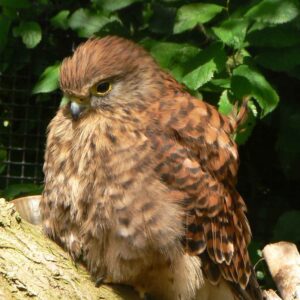
Kestrel
- Birds
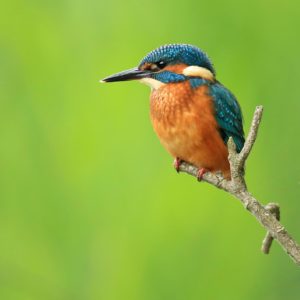
Kingfisher
- Birds
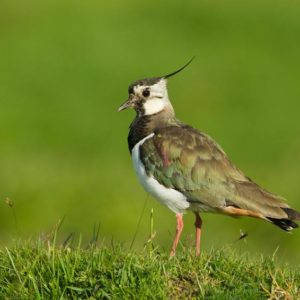
Lapwing
- Birds
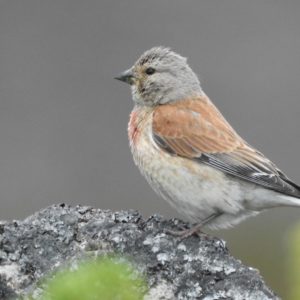
Linnet
- Birds
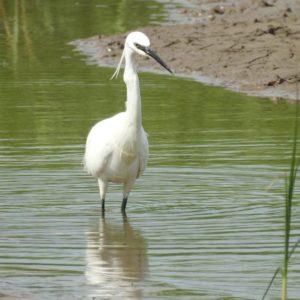
Little Egret
- Birds
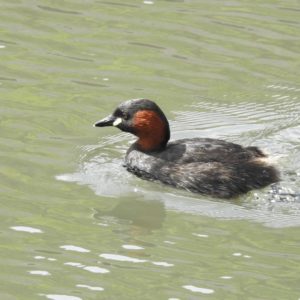
Little Grebe
- Birds
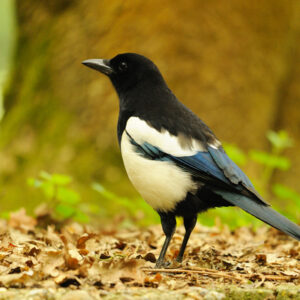
Long-Tailed Tit
- Birds

Magpie
- Birds
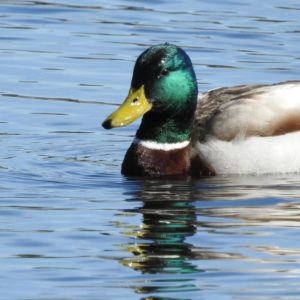
Mallard
- Birds
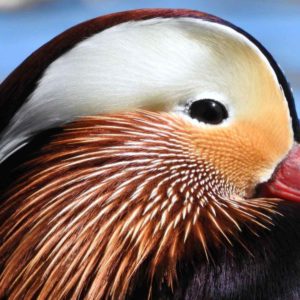
Mandarin Duck
- Birds
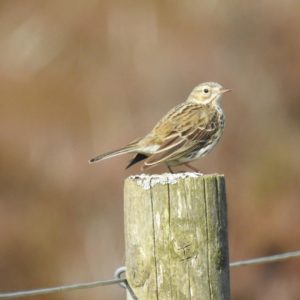
Meadow Pipit
- Birds
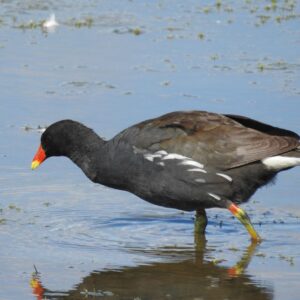
Moorhen
- Birds
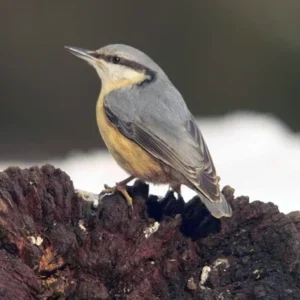
Nuthatch
- Birds
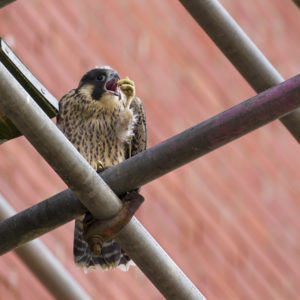
Peregrine falcon
- Birds
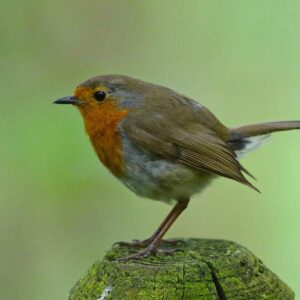
Robin
- Birds
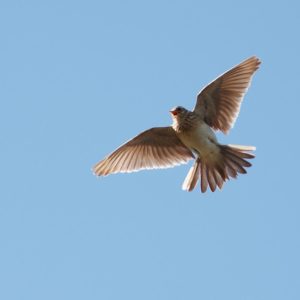
Skylark
- Birds
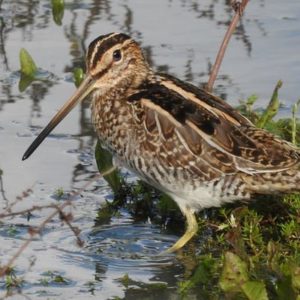
Snipe
- Birds
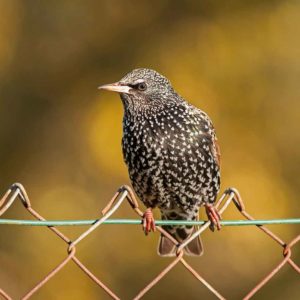
Starling
- Birds
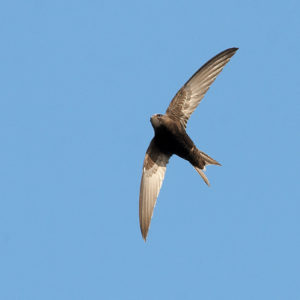
Swift
- Birds
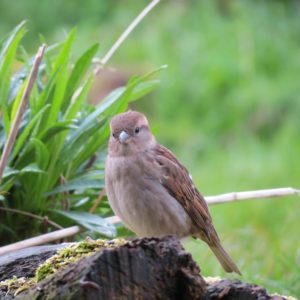
Tree Sparrow
- Birds
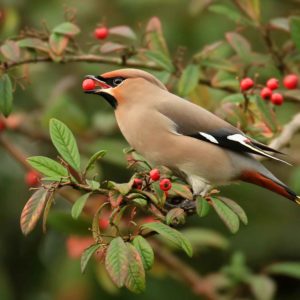
Waxwing
- Birds
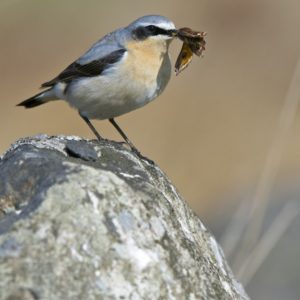
Wheatear
- Birds
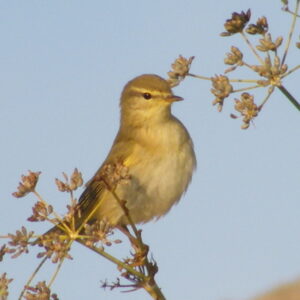
Willow Warbler
- Birds
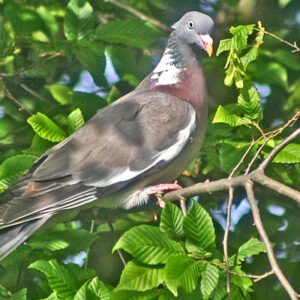
Wood Pigeon
- Birds
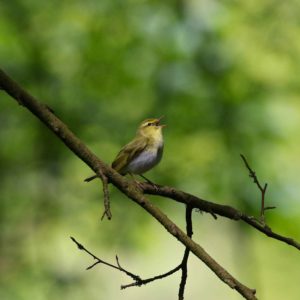
Wood Warbler
- Birds
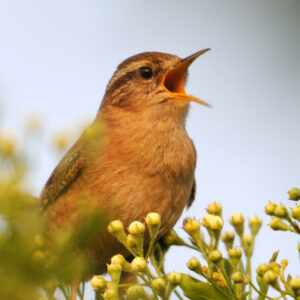
Wren
- Birds
